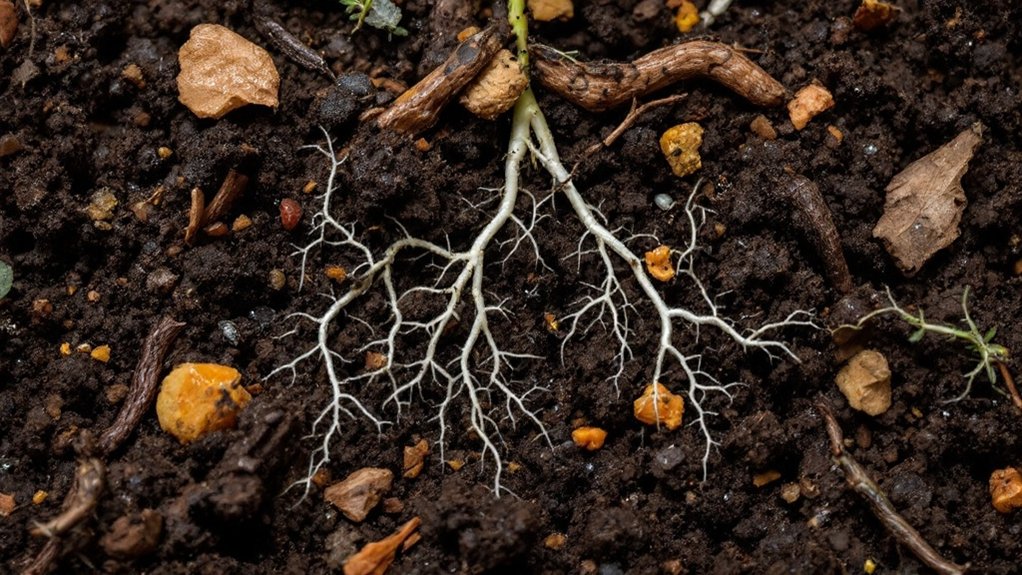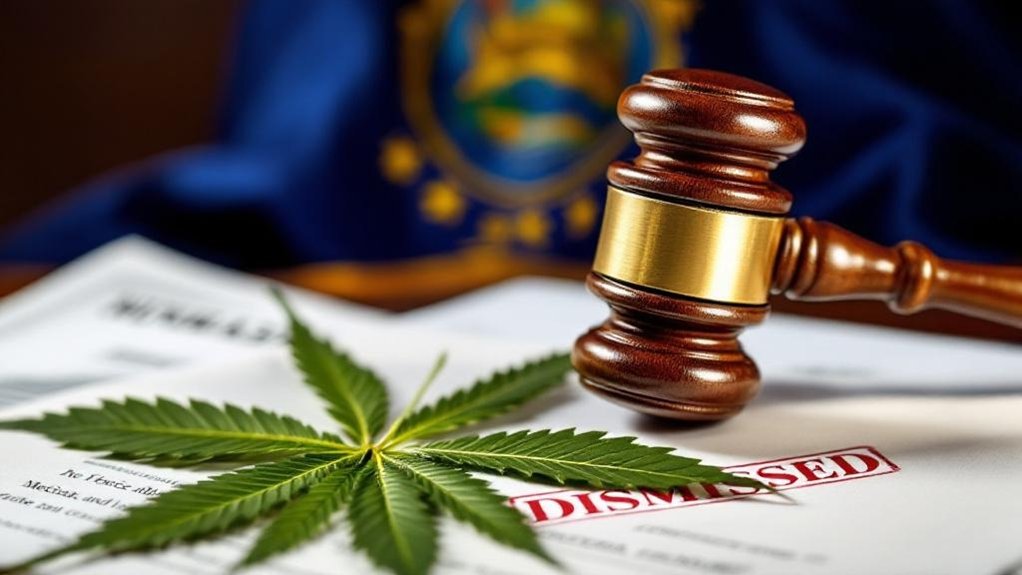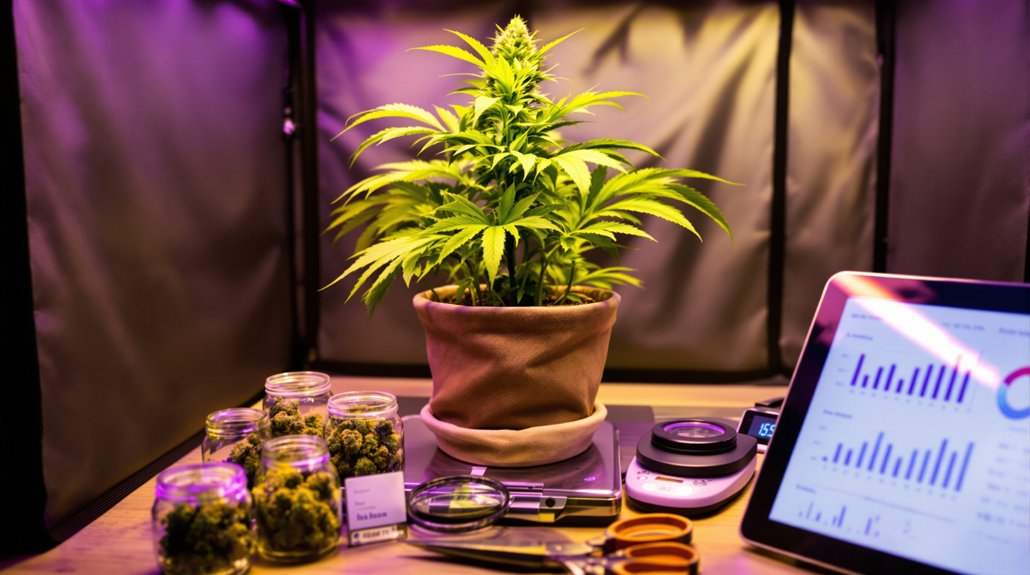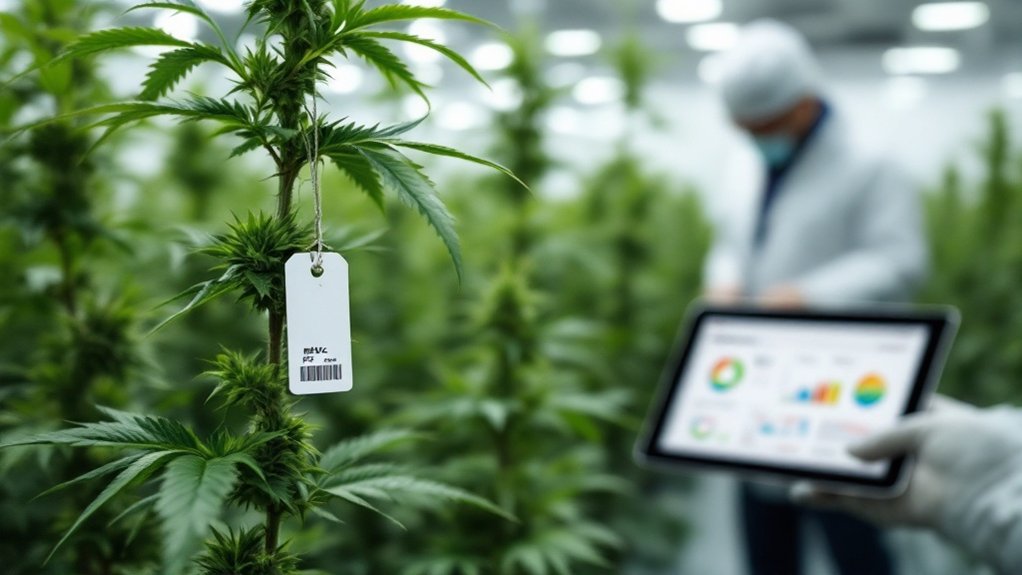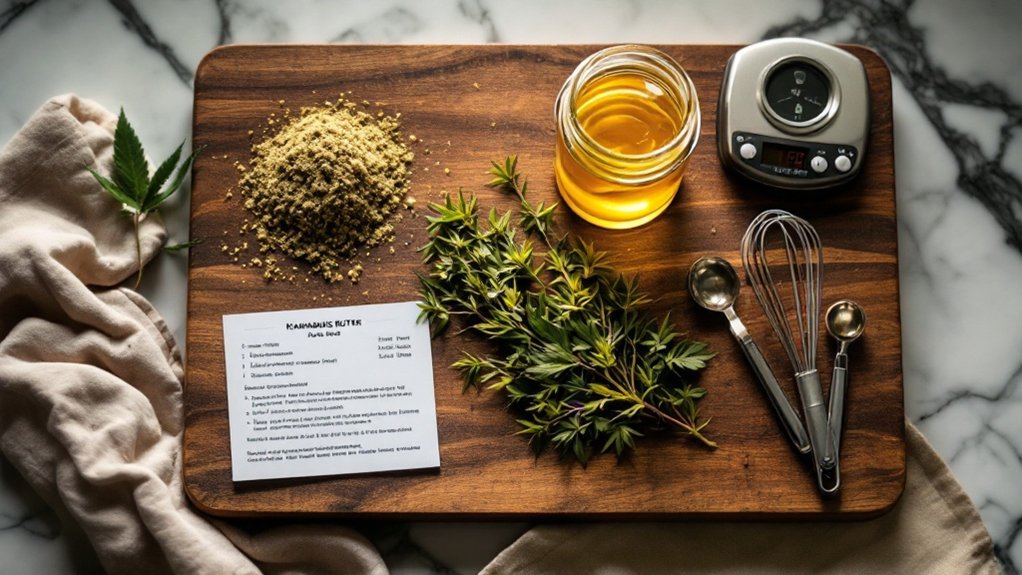Living soil creates a self-sustaining ecosystem that dramatically enhances cannabis cultivation through diverse microbial communities. This system improves nutrient uptake, stimulates root development, and produces plants with superior terpene and cannabinoid profiles. Growers typically mix compost, peat or coco coir, worm castings, and perlite, allowing the soil to “cook” for several weeks before planting. Though initially more expensive than conventional media, living soil can be reused across multiple growing cycles, offering long-term economic and environmental benefits.

While conventional cannabis cultivation often relies on synthetic nutrients and sterile growing media, living soil offers a robust alternative that harnesses nature’s intricate ecological processes. Living soil contains diverse microbiological communities including bacteria, fungi, protozoa, nematodes, and arthropods that work in concert to create a self-sustaining ecosystem. This dynamic medium continually breaks down organic matter, cycling nutrients and making them readily available for plant uptake in forms that cannabis can easily assimilate. The complex interactions between these microorganisms and plant roots mimic natural soil environments, creating ideal conditions for cannabis to thrive.
Cannabis grown in living soil typically demonstrates enhanced resilience against pathogens and environmental stressors. The symbiotic relationships between plant roots and soil microbes, particularly mycorrhizal fungi, greatly improve nutrient absorption and water uptake efficiency. These biological partnerships extend the functional reach of root systems and stimulate robust root development, allowing plants to access resources from a larger soil volume.
Plants respond with more vigorous growth, higher yields, and flowers with enhanced terpene and cannabinoid profiles that translate to superior aromatics and potency.
Creating effective living soil requires careful selection of base components and amendments. A balanced mixture typically includes compost, peat or coco coir, worm castings, and aeration materials like perlite. The most common foundation consists of ⅓ sphagnum peat moss, ⅓ perlite, and ⅓ compost or worm castings. Growers enhance this foundation with specific amendments such as rock dust, kelp meal, and bone meal to provide thorough micronutrient profiles. The soil food web approach eliminates the need for bottled nutrients in appropriately sized containers, making the system truly sustainable.
The foundation of thriving living soil begins with thoughtful selection of organic ingredients that form a complex, nutrient-rich ecosystem for cannabis roots.
This prepared medium should rest or “cook” for several weeks before planting, allowing microbial communities to establish and begin breaking down organic matter into plant-available nutrients.
The economic and environmental benefits of living soil extend beyond a single growing cycle. While the initial investment may exceed the cost of conventional soilless media, living soil can be reused across multiple grows with proper maintenance and amendment. This recycling capability reduces ongoing expenses and minimizes waste from commercial fertilizer packaging.
The practice also supports broader environmental goals by sequestering carbon, preventing topsoil degradation, and eliminating potential chemical runoff associated with synthetic nutrients. Maintaining proper moisture levels without overwatering and avoiding synthetic pesticides or fungicides preserves the soil’s biological activity, ensuring its continued effectiveness as a growing medium that supports vibrant, productive cannabis plants.
Frequently Asked Questions
Can Living Soil Affect the Taste of Cannabis?
Living soil greatly influences cannabis taste profiles through its complex microbiology.
Research from Columbia University demonstrates that cannabis cultivated in living soil exhibits greater terpene diversity compared to hydroponic methods.
Beneficial microorganisms break down organic matter, creating a nutrient-rich environment that enhances terpene production—compounds responsible for characteristic scents like pine and citrus.
The resulting symbiotic relationship between soil microbes and cannabis roots promotes the development of more robust, earthy, and nuanced flavor characteristics that many consumers prefer.
How Long Does Living Soil Last Before Needing Replacement?
Well-maintained living soil typically lasts 3 to 5 years before requiring complete replacement.
Signs that soil needs revitalizing include diminished yields, loss of earthy aroma, and compacted texture, which generally begin to appear after 18 months of use.
Between growing cycles, soil benefits from amendments including compost, organic nutrients, and microbial inoculants.
Regular reconditioning practices extend the soil’s productive lifespan and sustain the complex ecosystem essential for ideal plant growth.
Does Living Soil Eliminate the Need for Flushing?
Living soil typically eliminates the need for pre-harvest flushing in most growing scenarios.
The active soil microbiome naturally regulates nutrient availability, preventing the accumulation of excess salts and fertilizers that conventional growing media experience. These biological processes maintain a balanced rhizosphere where plants receive nutrients at appropriate levels.
Flushing may still be warranted in specific situations, such as when excessive organic amendments have been added or if symptoms of nutrient toxicity appear, though these instances are comparatively rare in properly maintained living soil systems.
Can Living Soil Fix Nutrient Deficiencies Automatically?
Living soil can partially self-correct mild nutrient deficiencies through its complex ecosystem of microorganisms.
These beneficial organisms break down organic matter, releasing nutrients that would otherwise remain unavailable to plants.
However, living soil cannot create nutrients that aren’t present in the system.
When cannabis depletes available resources in containers, supplementation with organic amendments becomes necessary.
The soil’s microbial activity facilitates nutrient cycling, but cannot compensate for severe deficiencies or completely depleted soil.
Is Living Soil Suitable for Autoflowering Cannabis Varieties?
Living soil is highly suitable for autoflowering cannabis varieties. The biologically active ecosystem provides consistent nutrient availability that aligns well with autoflowers’ rapid growth cycle and fixed lifespan.
These plants benefit from the stable growing environment living soil creates, which reduces stress during their short vegetative phase. The soil’s diverse microorganisms continually break down organic matter, ensuring nutrients are available throughout the autoflower’s lifecycle without requiring frequent adjustments or supplementation that could potentially disrupt their delicate developmental timeline.
